The Ultimate Email Frequency Guide: When and How Often to Email Your Clients
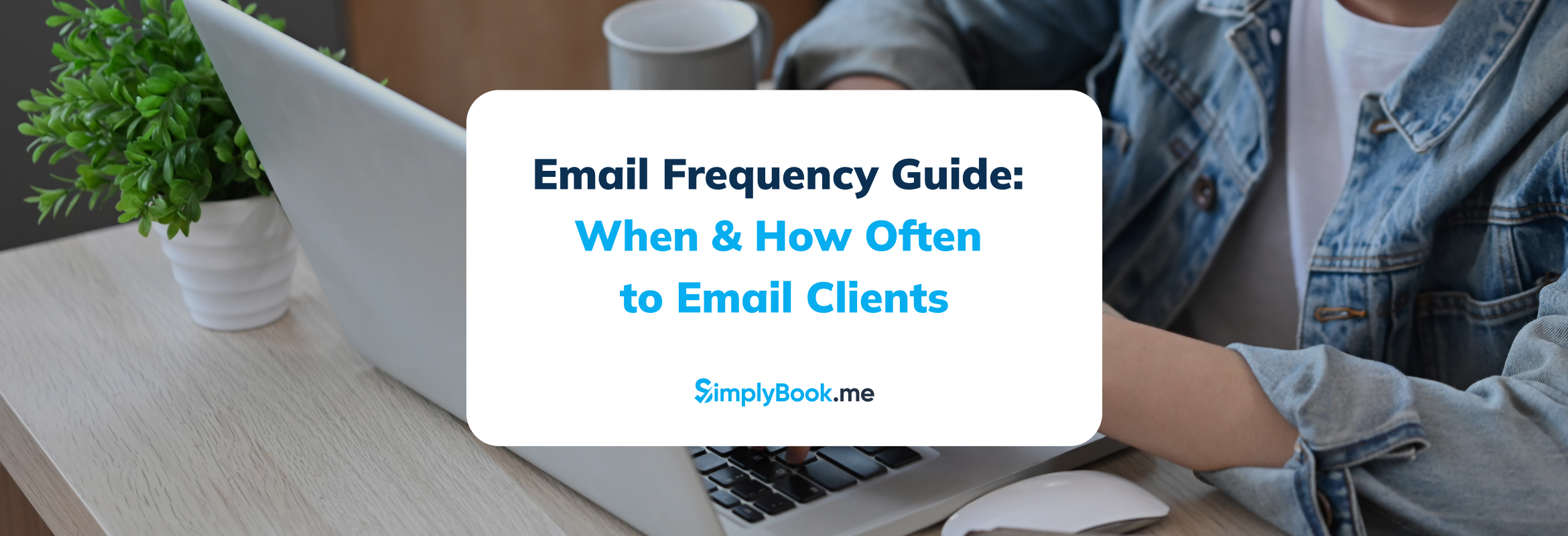
Email marketing is a powerful tool, but sending too many emails can drive clients away, while sending too few can cause them to forget about your business. Finding the best email frequency for service businesses is crucial to maintaining engagement, increasing bookings, and avoiding unsubscribes.
So, how often should you email your clients? The answer depends on your industry, audience, and email content. This guide breaks down best practices for different service businesses, helping you develop a strategy that keeps clients engaged without overwhelming them.
Why Email Frequency Matters
Email marketing isn’t just about what you say—it’s also about when and how often you say it. An effective email frequency keeps your business top-of-mind while maintaining a balance between engagement and overcommunication.
If you email too frequently, you risk:
- Higher Unsubscribe Rates – Clients may feel spammed and opt out.
- Lower Open Rates – Too many emails can lead to client fatigue.
- Decreased Engagement – Clients may stop paying attention to your emails altogether.
If you email too infrequently, you risk:
- Clients Forgetting About You – Without regular contact, your business fades from their mind.
- Missed Booking Opportunities – Clients may book with a competitor instead.
- Lower Brand Loyalty – Fewer interactions mean weaker relationships.
Finding the perfect balance ensures that clients receive valuable, relevant emails without feeling overwhelmed.
How Often Should You Email Clients? A Breakdown by Business Type
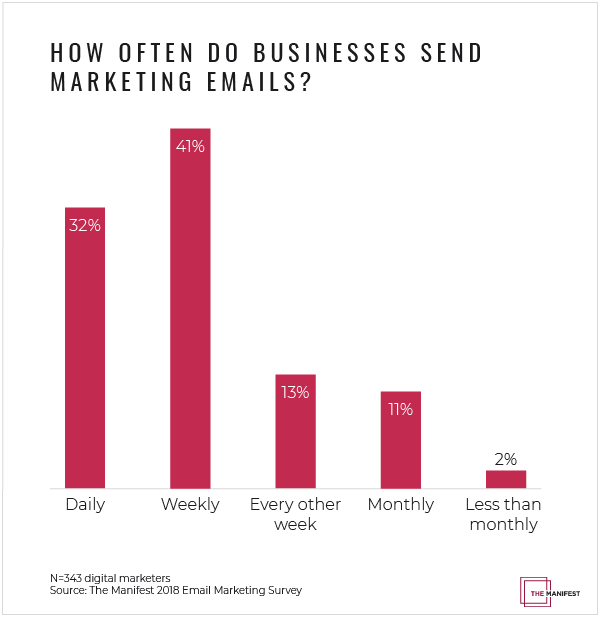
Different businesses have different needs when it comes to email frequency. Here’s a breakdown of recommended email schedules based on your industry.
Beauty & Wellness (Salons, Spas, Med Spas)
Ideal Frequency: Weekly to Bi-Weekly
Beauty businesses thrive on repeat customers. Regular emails should include appointment reminders, seasonal promotions, and skincare or beauty tips. Monthly newsletters can highlight new services, special deals, and client success stories.
Fitness & Wellness (Gyms, Yoga Studios, Personal Trainers)
Ideal Frequency: Weekly
Fitness clients benefit from frequent engagement. Weekly emails can include workout tips, class schedules, motivational content, and membership promotions. Automated follow-ups for inactive clients help bring them back.
Medical & Healthcare Practices
Ideal Frequency: Monthly
Healthcare clients don’t need frequent emails, but regular check-ins with appointment reminders, seasonal health tips, and educational content help build trust. Ensure compliance with privacy regulations like HIPAA when sending sensitive information.
Professional Services (Lawyers, Consultants, Accountants)
Ideal Frequency: Monthly or Quarterly
Clients in professional services often engage based on need rather than habit. A monthly or quarterly newsletter works best, featuring legal updates, financial tips, or industry insights. Event-based emails like tax season reminders or business planning strategies can be more frequent.
Hospitality & Personal Services (Event Planners, Photographers, Travel Agencies)
Ideal Frequency: Bi-Weekly to Monthly
Clients in these industries book services less frequently, so staying top-of-mind is essential. Regular emails should feature seasonal promotions, availability updates, and client success stories.
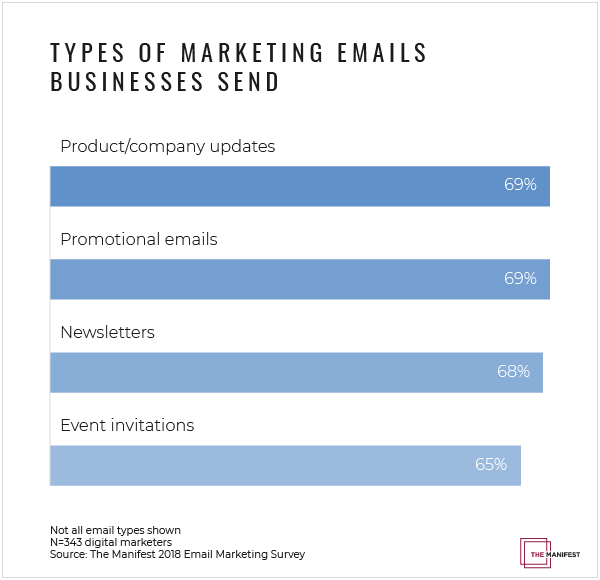
How to Find the Right Email Frequency for Your Business
While these guidelines offer a starting point, the best way to determine your ideal email frequency is through testing and analyzing engagement metrics.
1. Monitor Your Open & Click-Through Rates
Low open rates can indicate email fatigue, while high engagement suggests that clients appreciate regular contact.
2. Watch Your Unsubscribe Rate
A sudden spike in unsubscribes might mean you’re sending emails too frequently or with irrelevant content.
3. Survey Your Clients
Ask your subscribers how often they want to hear from you. Adding an email preference center allows clients to customize their frequency, reducing unsubscribes.
4. Adjust & Optimize
Experiment with sending emails at different intervals, track results, and adjust accordingly. Over time, you’ll find the perfect balance for your audience.
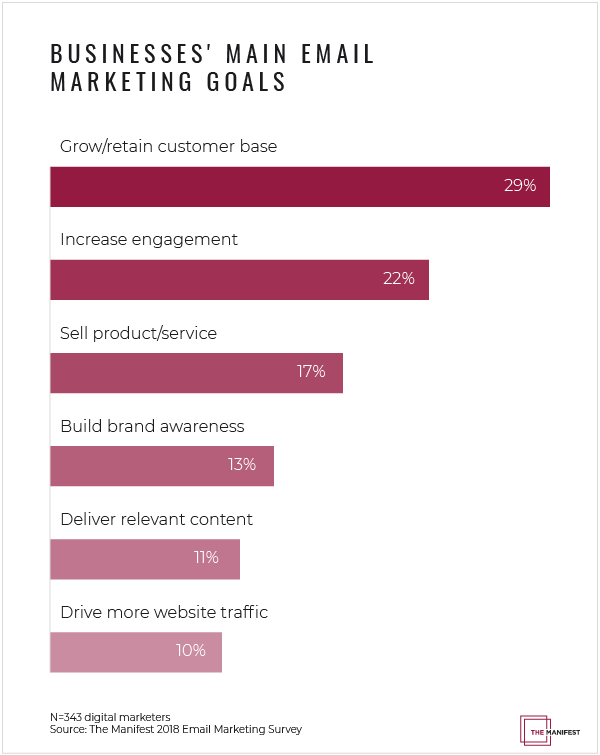
What Happens If You Send Too Many Emails?
Email overload is one of the fastest ways to lose subscribers. Here are common signs that your frequency is too high:
- Your open rates are dropping – Clients may be ignoring your emails due to overload.
- Unsubscribe rates are rising – If clients are opting out, you may be sending too often.
- Spam complaints are increasing – Too many emails could make your business appear spammy.
If you notice these red flags, scale back and prioritize quality over quantity.
What If You’re Not Sending Enough Emails?
Under-emailing can also hurt your business. If clients forget about your brand, they are more likely to book with a competitor. Signs you’re not emailing enough include:
- Low engagement with promotions – Clients may not be seeing your offers.
- Clients haven’t booked in months – A lack of reminders can lead to lost revenue.
- You’re getting inquiries about services you already emailed about – This suggests that your emails aren’t frequent enough to stay top-of-mind.
If you’re emailing too infrequently, try increasing your communication cadence gradually to see if engagement improves.
Using SimplyBook.me to Automate Your Email Campaigns
Finding the best email frequency for service businesses is easier when you use automation tools. SimplyBook.me allows businesses to set up automated appointment reminders, promotional emails, and follow-ups so clients receive relevant messages at the right time.
With SimplyBook.me, you can:
- Schedule emails in advance based on appointment history.
- Send automated reminders to reduce no-shows.
- Create targeted campaigns based on client preferences.
- Track performance metrics to optimize email frequency.
By using an automated system, businesses can maintain consistent communication without the manual effort of crafting emails every week.
Final Thoughts: How to Get the Most Out of Your Email Marketing
The best email frequency for service businesses keeps clients engaged, drives bookings, and strengthens relationships—but only if it’s done strategically. The key is to find a balance between keeping clients informed and avoiding email fatigue.
If you’re unsure where to start, test different frequencies, monitor engagement, and adjust based on results. With tools like SimplyBook.me, you can automate the process and ensure that clients receive timely, relevant emails that keep them coming back.
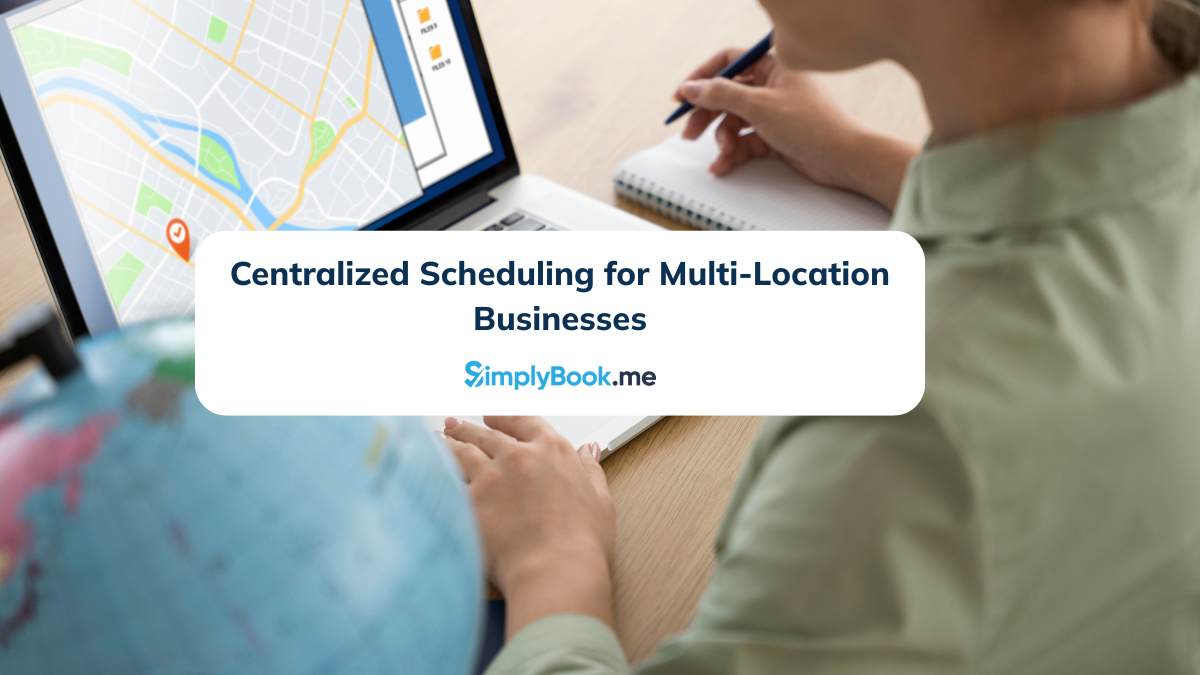
Comments
0 commentsNo comments yet